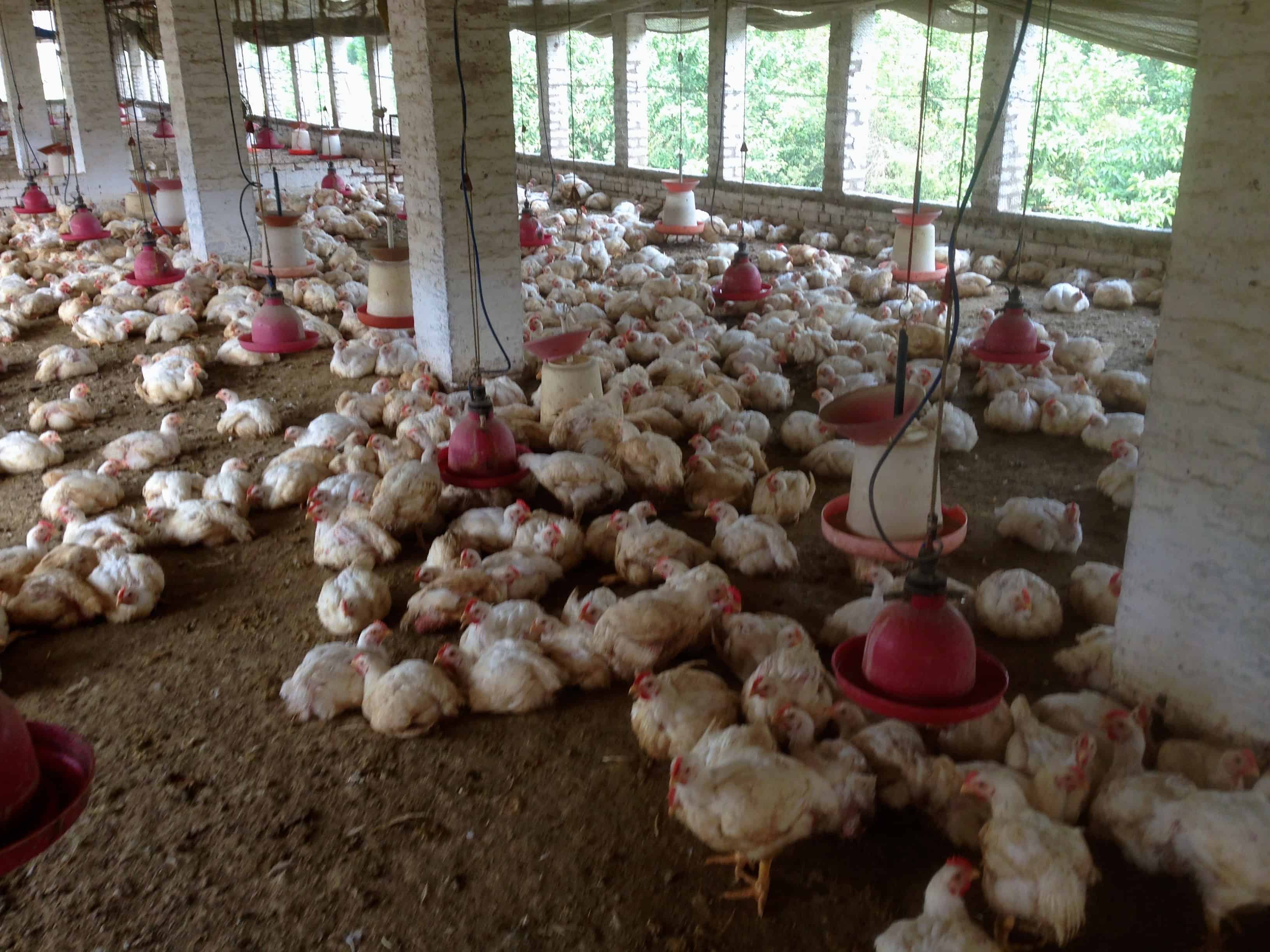October 12, 2017

The Question: A CDDEP study in Science estimates the global antibiotic consumption in farm animals and the projected increase by the year 2030. The study also estimates the potential impact of three interventions that could reduce antibiotic consumption in the sector and provides a comprehensive strategy for preserving antibiotic effectiveness.
What We Found: Globally, more than 130,000 tons of antibiotics were used in animals in 2013, which is projected to cross 200,000 tons by 2030.
Three interventions could together reduce antibiotic use in farm animals, by up to 80 percent, globally.
- Regulations capping the use of antibiotics in farm animals, at 50 mg per PCU per year, could achieve a 64 percent reduction in consumption.
- Reduction in global meat intake, to the equivalent of one fast-food burger per person per day, could reduce antibiotic consumption in animals by 66 percent.
- A 50 percent user fee on the price of veterinary antibiotics could reduce this consumption by 31 percent while generating revenues of US $ 1.7 billion to $4.6 billion per year.
Why It Matters: Use of antibiotics for growth promotion in farm animals has serious consequences on human health, as it drives drug resistance in the environment. Previous CDDEP studies have found high levels of multidrug-resistant bacteria in farms that use antibiotics for growth promotions in animals. There is an urgent need to phase out antibiotics from the human food chain to slow down antimicrobial resistance and to avoid a post-antibiotic world.
Image courtesy of Charles Brower

